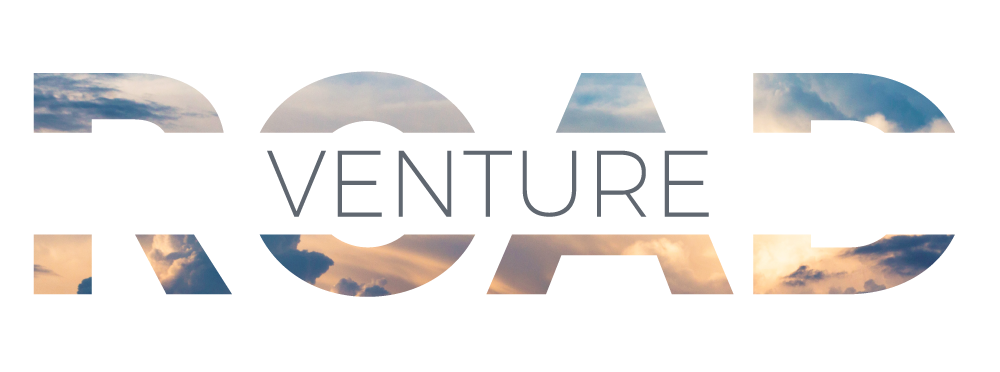The Safest City in the World?
Would it surprise you that the world’s most populous metropolitan area also continually ranks as one of the safest cities in the world? Tokyo, Japan is home to approximately 14 million people within an area of 845 square miles, and its safety is largely attributed to its dedicated police force, the culture of the Japanese and a public focus on crime prevention.
Many people travel to Tokyo to see the city when the cherry blossoms are in bloom. Source: Satoshi Hirayama / Pexels
And, if there existed an index that measured 'Safest Places in the World for Your Belongings,' we are certain Tokyo would top that list too. Why? One characteristic of Japanese culture is a high level of respect for other people’s persons and belongings. If you lose something in Tokyo, chances are high that you will get it back. For example, the Tokyo Metropolitan Police Department receives more than 5 million lost items (clothes, identification, umbrellas, backpacks, etc) each year. As well, Tokyo's Metro has multiple Lost and Found offices. At one of the busy stations, a staff of about 50 work full-time to sort found items, return them to the owners when possible, and if not, transfer them to the police.
Sorted items at one of Tokyo Metro’s Lost and Found offices. Source: JapanStation.com
While Tokyo is quite safe for you and your belongings, theft does happen. What are the two most common stolen items? Take a guess; we'll leave the answer for you at the bottom of this article.
What are some more facts that may surprise you about Tokyo?
People Are Employed to Push You onto Busy Trains
Tokyo has an extensive public transportation system that includes subways, trains, buses, and taxis. The city is easy to navigate and getting around is relatively cheap and convenient, but rush hours on the trains can be hectic. Originally referred to as 'Passenger Arrangement Staff,' the Oshiya (loosely translated to Pushers), do exactly that. Their job during the rush hours is to push people into the crowded trains in order to get as many people on as possible.
An Intricate System of Dams and Tunnels Protect Tokyo From Flooding
The Metropolitan Area Outer Underground Discharge Channel (MAOUDC) is 72 feet below ground and consists of four miles of tunnels and cylindrical chambers that help protect the city from flood waters. In total, it contains 5 enormous cylindrical tanks, each large enough to accommodate a space shuttle, and one giant reservoir. Once the water reaches a certain level, four turbines turn on to pump the water downstream into the Edo River so that it can be carried to the ocean without further flooding.
You Can Purchase Almost Anything From a Vending Machine in Tokyo
Hamburgers? No problem. Bananas? Easy. Edible insects? Milk? Check the vending machine. Tokyo is the vending machine capital of the world with one located approximately every 40 feet.
Paper lanterns in Tokyo. Source: Andrey Grushnikov / Pexels
One of five tanks in Tokyo’s Metropolitan Area Outer Underground Discharge Channel. Source: Charly Triballeau / Getty Images
Passenger Arrangement Staff doing their job. Source: Alamy Stock Photo
Edible insects in a Tokyo vending machine. Source: Euronews
Are you interested in learning more about the world with us? Our travel programs are focused on service and leadership. It is human nature to explore, and we take people on journeys to different countries to delve into curiosity, learn, teach, and serve for one affordable price. Find out more at: Venture Road
Answer: The two most common stolen items in Tokyo are bicycles and umbrellas.






